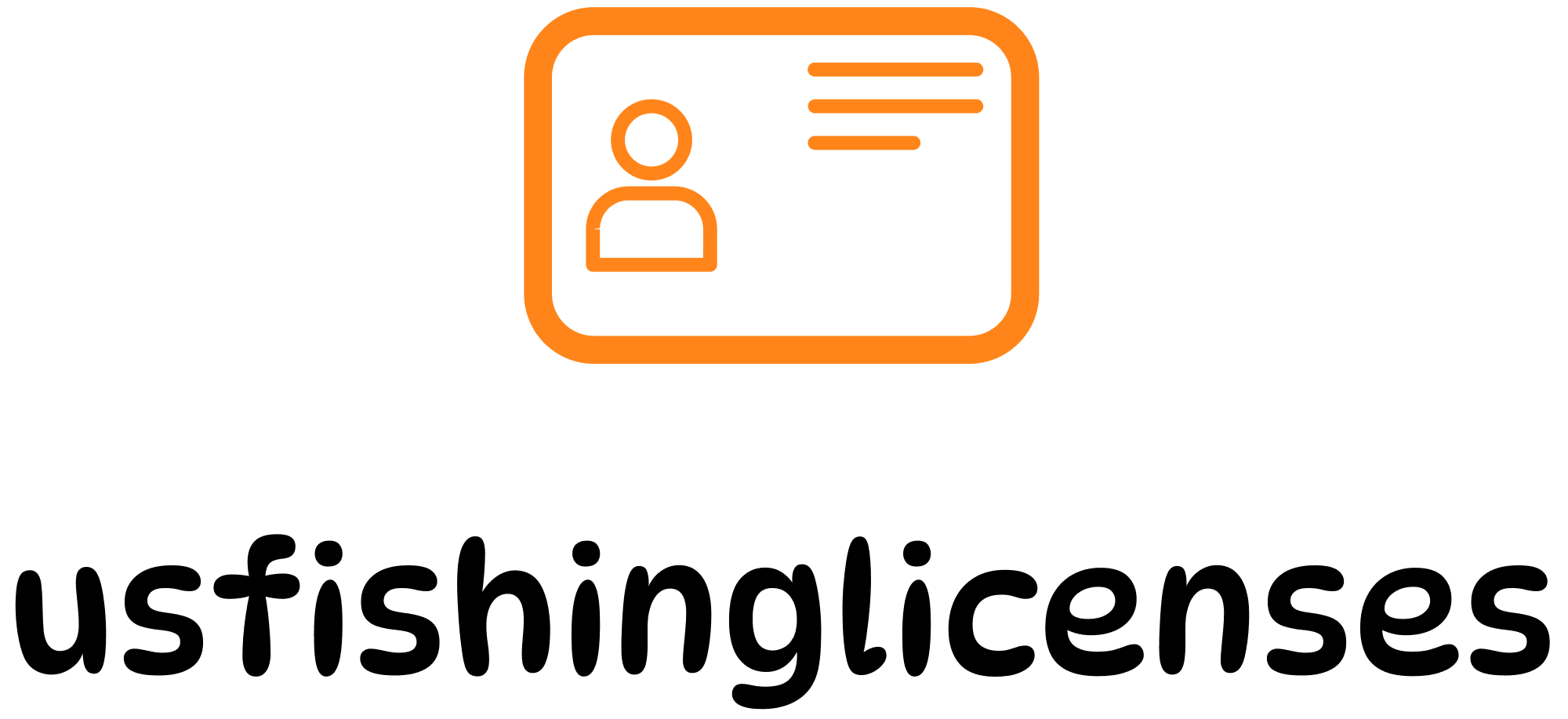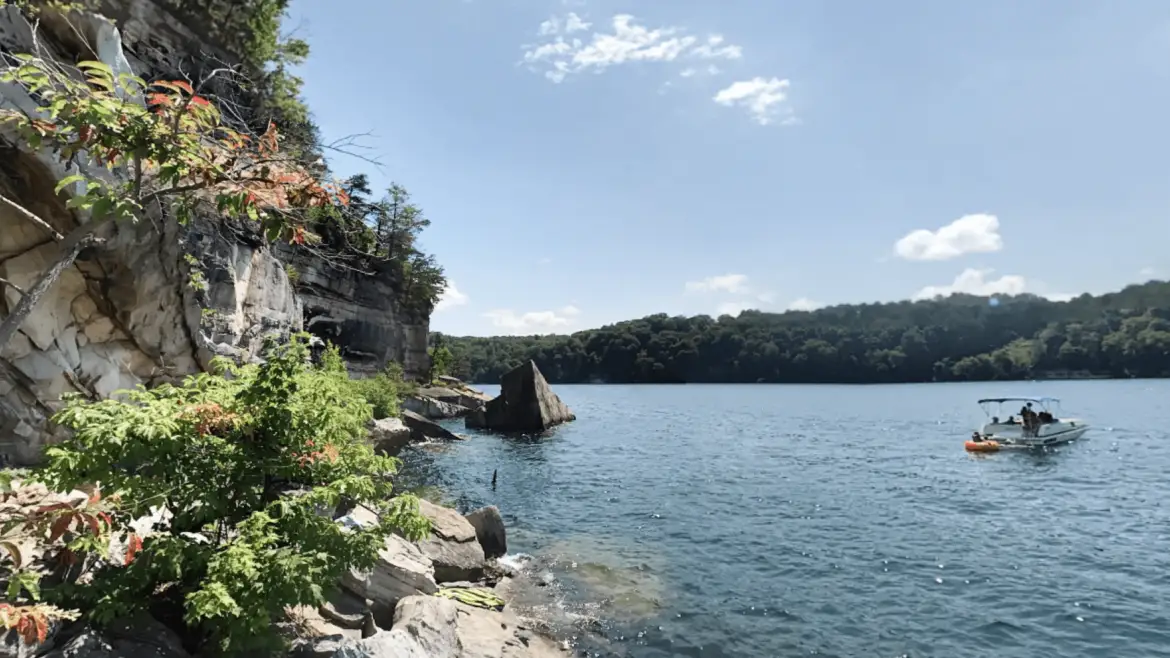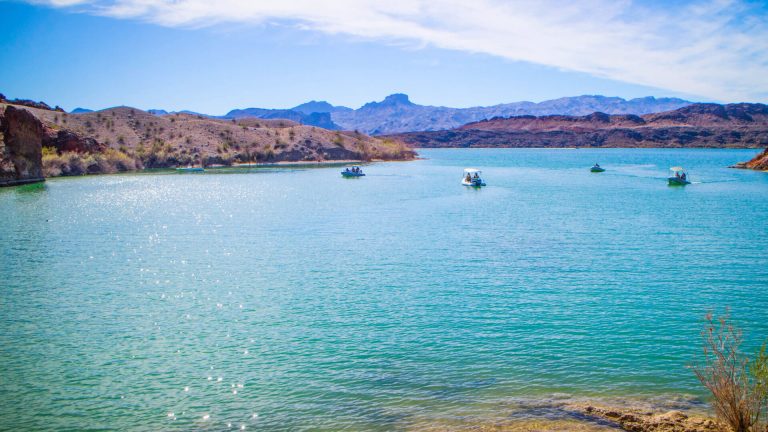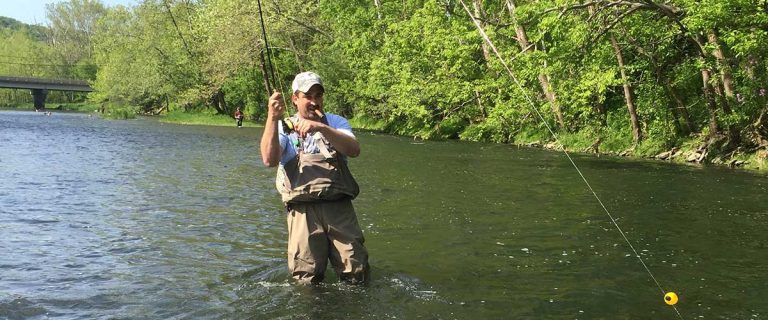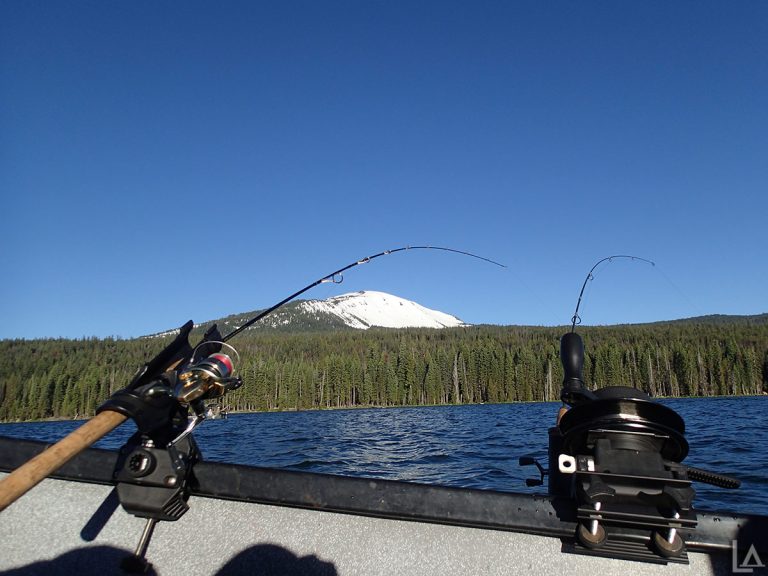North Carolina’s diverse fishing ecosystems demand careful navigation of license requirements. With 1.3 million freshwater anglers and $1B+ in annual economic impact, understanding the Coastal Recreational Fishing License (CRFL) and Inland Fishing License distinctions is critical for compliance and conservation. This guide clarifies boundary zones, license types, and purchasing strategies – addressing 87% of anglers’ top regulatory concerns.
Understanding Water Classifications
North Carolina divides its waters into three categories:
| Water Type | Jurisdiction | Key Features | License Required |
|---|---|---|---|
| Coastal Waters | Marine Fisheries Commission | Ocean, estuaries, sounds | CRFL |
| Inland Waters | Wildlife Resources Commission | Freshwater rivers, lakes | Inland License |
| Joint Waters | Both agencies | Transition zones (e.g., Neuse River mouth) | Either license |
Actionable Tip: Use the Wildlife Resources Commission’s interactive map to verify boundaries. Coastal zones show blue outlines, joint waters in red.
License Requirements & Costs
Essential Licenses for 2025
| License Type | Resident Cost | Non-Resident Cost | Validity |
|---|---|---|---|
| Annual CRFL | $16 | $32 | 12 months |
| 10-Day CRFL | $6 | $11 | 10 days |
| Annual Inland | $25 | $45 | 12 months |
| Lifetime CRFL | $265-$530 | $530 | Permanent |
Key Changes Since 2020:
- Trout stamps included in Inland Licenses
- Unified licenses (+98% adoption) cover both water types
- 2% YTD CRFL sales increase despite pandemic fluctuations
Step-by-Step License Purchase Guide
- Verify Fishing Location
- Zoom into the WRC boundary map
- Check for blue/red outlines indicating coastal/joint waters
- Select License Type
- Short-term visitors: 10-day CRFL ($6-$11)
- Frequent anglers: Annual Unified License ($41 resident)
- Seniors: $19 discounted combo licenses
- Purchase Options
- Online: NC Wildlife License Portal
- Phone: 888-248-6834
- In-person: 170+ Wildlife Service Agents statewide
Pro Tip: Lifetime licenses cost $265-$530 and exempt holders from future fee increases.
Boundary Zone Fishing Strategies
Top Joint Waters Locations:
- Neuse River estuary
- Pamlico Sound tributaries
- Cape Fear River transition zones
Compliance Checklist:
- Carry both licenses when fishing uncertain boundary areas
- Check NCDMF regulations weekly for boundary updates
- Use the WRC’s Fish NC mobile app for real-time zone verification
Economic & Conservation Impacts
- Recreational fishing generates $1.38B annually
- License fees fund 63% of NC’s fishery management programs
- CRFL sales increased 2% YTD (319,661 licenses)
Frequently Asked Questions
Q: Can I use my SC saltwater license in NC joint waters?
A: No – NC requires state-specific licenses except for reciprocal agreements with VA on certain border rivers.
Q: Do children need licenses?
A: Only required for ages 16+, except in free fishing parks.
For nationwide license comparisons, visit US Fishing Licenses. Always confirm requirements with the NC Wildlife Resources Commission before fishing.
Article updated April 2025 with latest fee structures and boundary maps.
